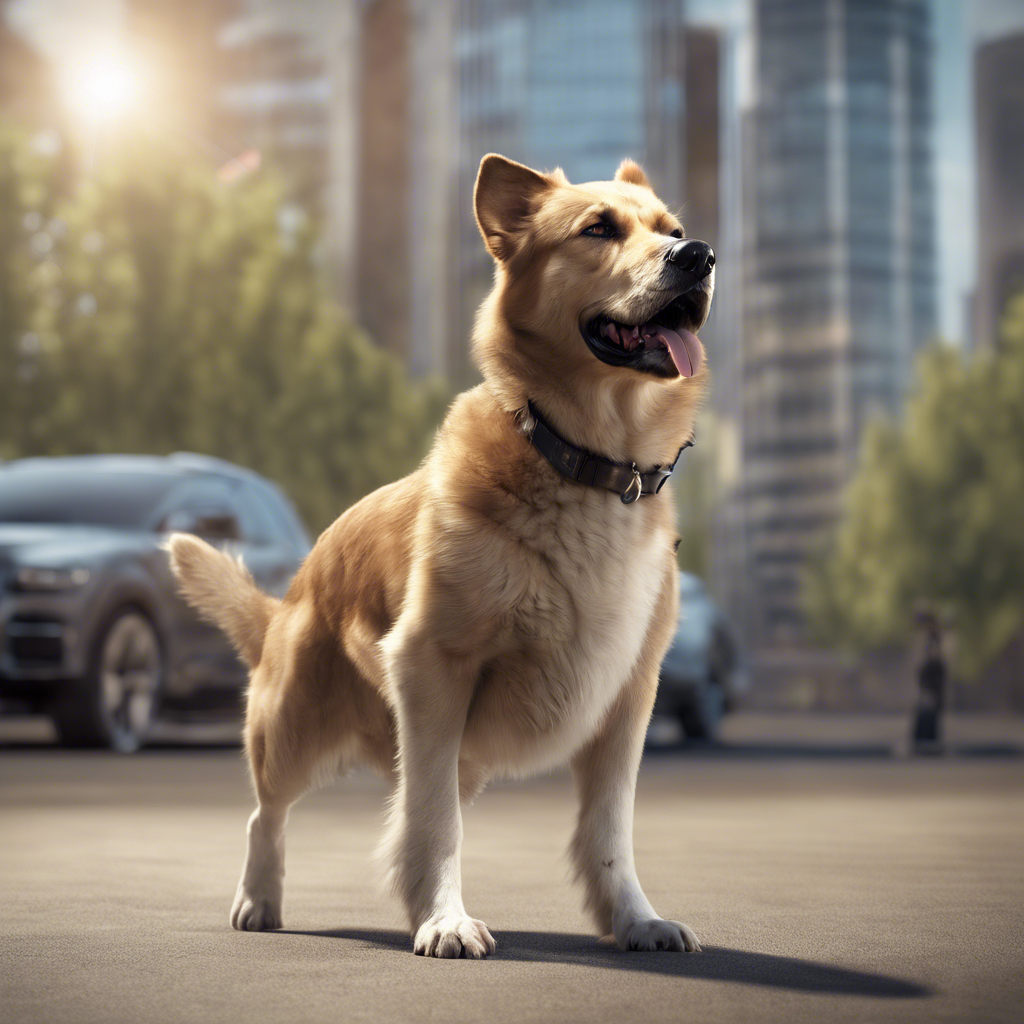The Power of Positive Reinforcement: Training Your Dog with Love
- joycelmistler
- Jul 3, 2024
- 2 min read
Dogs, our loyal companions, enrich our lives in countless ways. From providing unconditional love to being our partners in crime, they hold a special place in our hearts. When it comes to training our furry friends, the power of positive reinforcement shines brightly. In this blog post, we delve into the benefits of positive reinforcement in dog training, offer tips for implementing these techniques, and share heartwarming real-life success stories of dogs who have thrived with love as their guiding principle.
Benefits of Positive Reinforcement in Dog Training
Positive reinforcement is a training method where desirable behaviors are encouraged through rewards and praise. This approach focuses on acknowledging and rewarding good behavior rather than punishing unwanted behavior. The benefits of positive reinforcement are undeniable:
Builds Trust and Confidence: By using positive reinforcement, you are creating a bond built on trust and mutual respect with your dog. This boosts their confidence and will strengthen your relationship.
Effective Communication: Dogs understand clear and consistent feedback. Positive reinforcement provides this by rewarding the behaviors you want, making it easier for your dog to comprehend what you expect from them.
Long-lasting Results: Training with love and positivity leads to sustainable results. Dogs trained through positive reinforcement are more likely to retain what they have learned and exhibit the desired behaviors consistently.
Tips for Implementing Positive Reinforcement Techniques
Implementing positive reinforcement in your dog's training regimen is both fulfilling and effective. Here are some tips to help you get started:
Use High-Value Rewards: Find out what treats or rewards your dog loves the most. These high-value rewards will motivate them to repeat the desired behavior.
Be Timely with Rewards: Timing is crucial in positive reinforcement. Immediately reward your dog after they exhibit the desired behavior to reinforce the connection between the behavior and the reward.
Keep Sessions Short and Positive: Dogs have shorter attention spans, so keep training sessions brief and engaging. End each session on a positive note to keep your dog excited for the next training session.
Real-life Success Stories of Dogs Trained with Positive Reinforcement
Max, a rescued Labrador, struggled with anxiety and fear-based aggression when he was adopted by Sarah. Through positive reinforcement training, Sarah helped Max overcome his fears and build confidence. Today, Max is a happy and well-adjusted dog who enjoys playing with other pups at the park.

Sarah's patience and consistent use of rewards and praise helped Max blossom into the loving companion.
In Conclusion
Training your dog with love through positive reinforcement not only shapes their behavior but also deepens the bond you share. By focusing on the positive and celebrating small victories, you pave the way for a harmonious and fulfilling relationship with your canine companion. Embrace the power of positive reinforcement and watch your dog thrive in a world filled with love, rewards, and endless tail wags.
Remember, training is a journey—a journey best traveled with treats, belly rubs, and a whole lot of love!
Whether you are a new dog parent or looking to strengthen the bond with your furry baby, positive reinforcement is the key to unlocking their full potential and creating a joyful partnership. Happy training!





Comments